Building the same crystal a different way could increase the range of quantum networks from a few miles to a potential 1,200 miles, bringing quantum internet closer than ever.
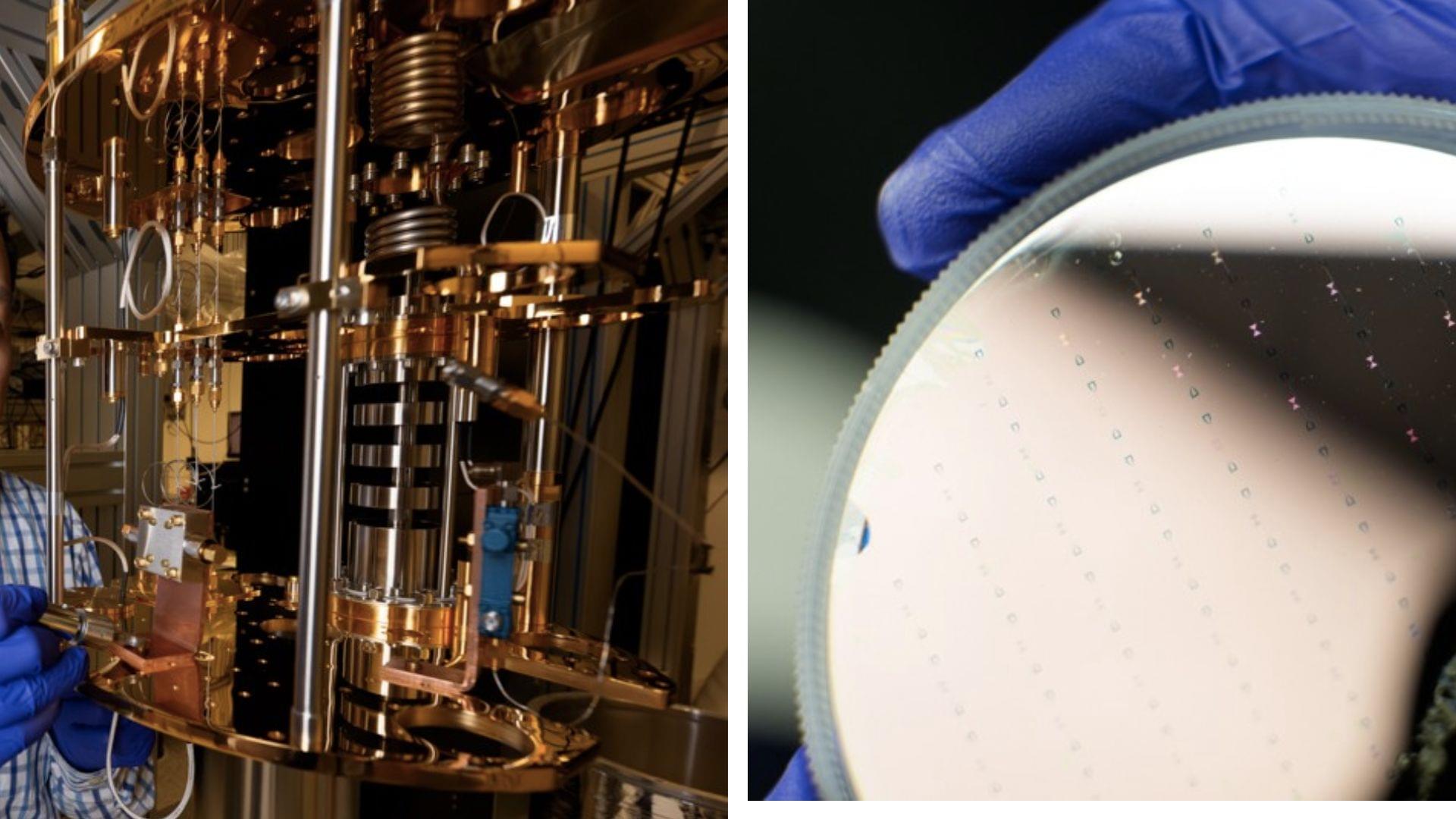


The last decade has seen incredible progress in machine learning (ML), primarily driven by powerful neural network architectures and the algorithms used to train them. However, despite the success of large language models (LLMs), a few fundamental challenges persist, especially around continual learning, the ability for a model to actively acquire new knowledge and skills over time without forgetting old ones.
When it comes to continual learning and self-improvement, the human brain is the gold standard. It adapts through neuroplasticity — the remarkable capacity to change its structure in response to new experiences, memories, and learning. Without this ability, a person is limited to immediate context (like anterograde amnesia). We see a similar limitation in current LLMs: their knowledge is confined to either the immediate context of their input window or the static information that they learn during pre-training.
The simple approach, continually updating a model’s parameters with new data, often leads to “catastrophic forgetting” (CF), where learning new tasks sacrifices proficiency on old tasks. Researchers traditionally combat CF through architectural tweaks or better optimization rules. However, for too long, we have treated the model’s architecture (the network structure) and the optimization algorithm (the training rule) as two separate things, which prevents us from achieving a truly unified, efficient learning system.
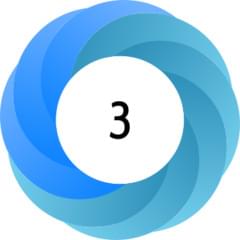
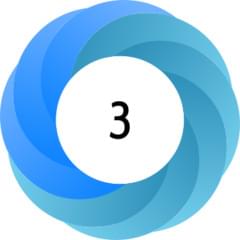
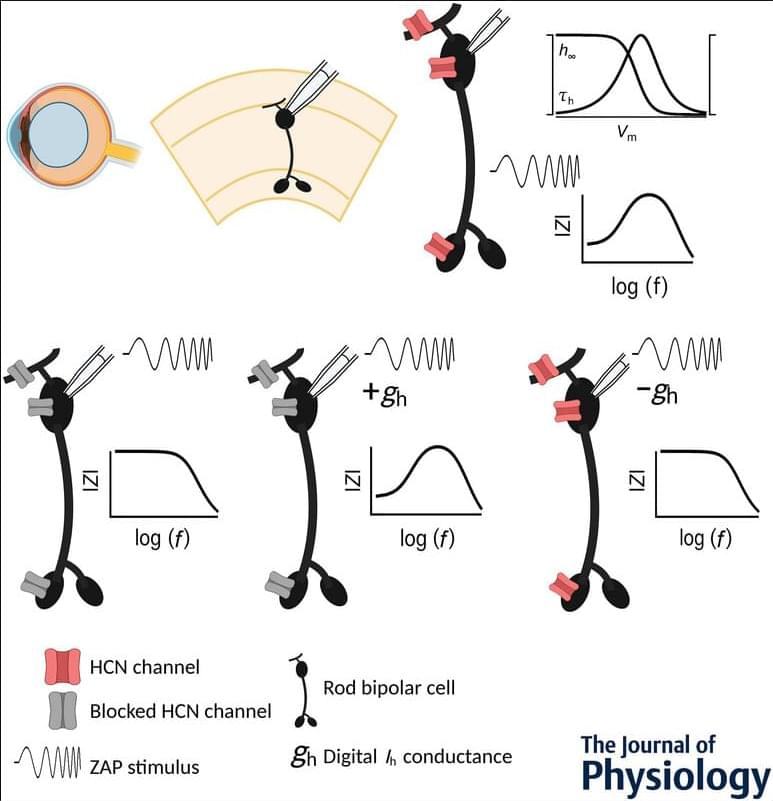
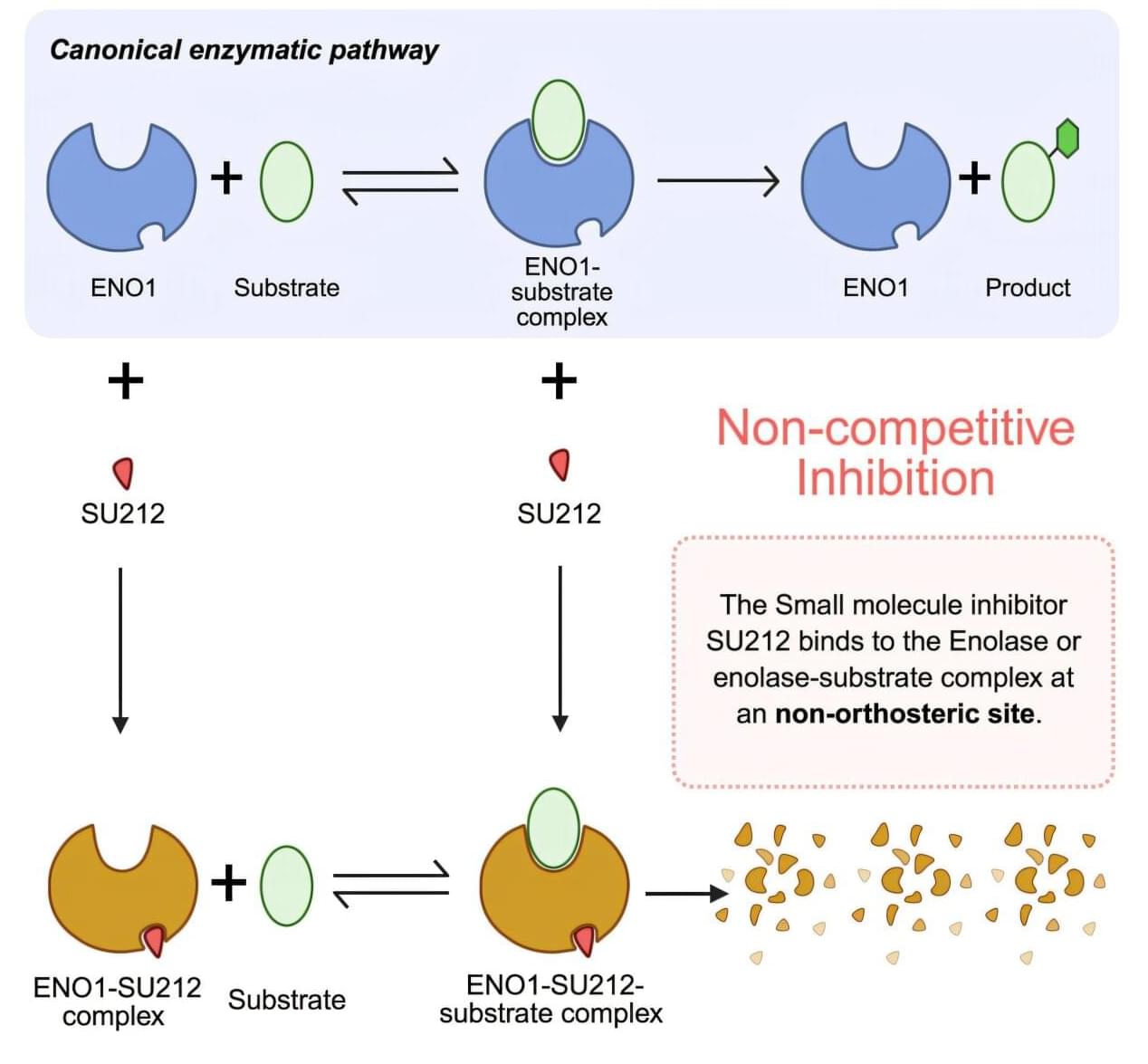
New research reveals a drug developed by scientists at Oregon Health & Science University may develop into a new treatment for an especially aggressive form of breast cancer.
A new molecule developed by researchers at Oregon Health & Science University offers a promising avenue to treat intractable cases of triple-negative breast cancer —a form of cancer that is notoriously aggressive and lacks effective treatments.
In a study published today in the journal Cell Reports Medicine, researchers describe the effect of a molecule known as SU212 to inhibit an enzyme that is critical to cancer progression. The research was conducted in a humanized mouse model.
Enjoy the videos and music that you love, upload original content and share it all with friends, family and the world on YouTube.
#nuclearalert 🔥 Protect your online life today🔒 Get 73% OFF NordVPN + 3 Months FREE:👉 https://go.nordvpn.net/aff_c?offer_id=612&aff_i…
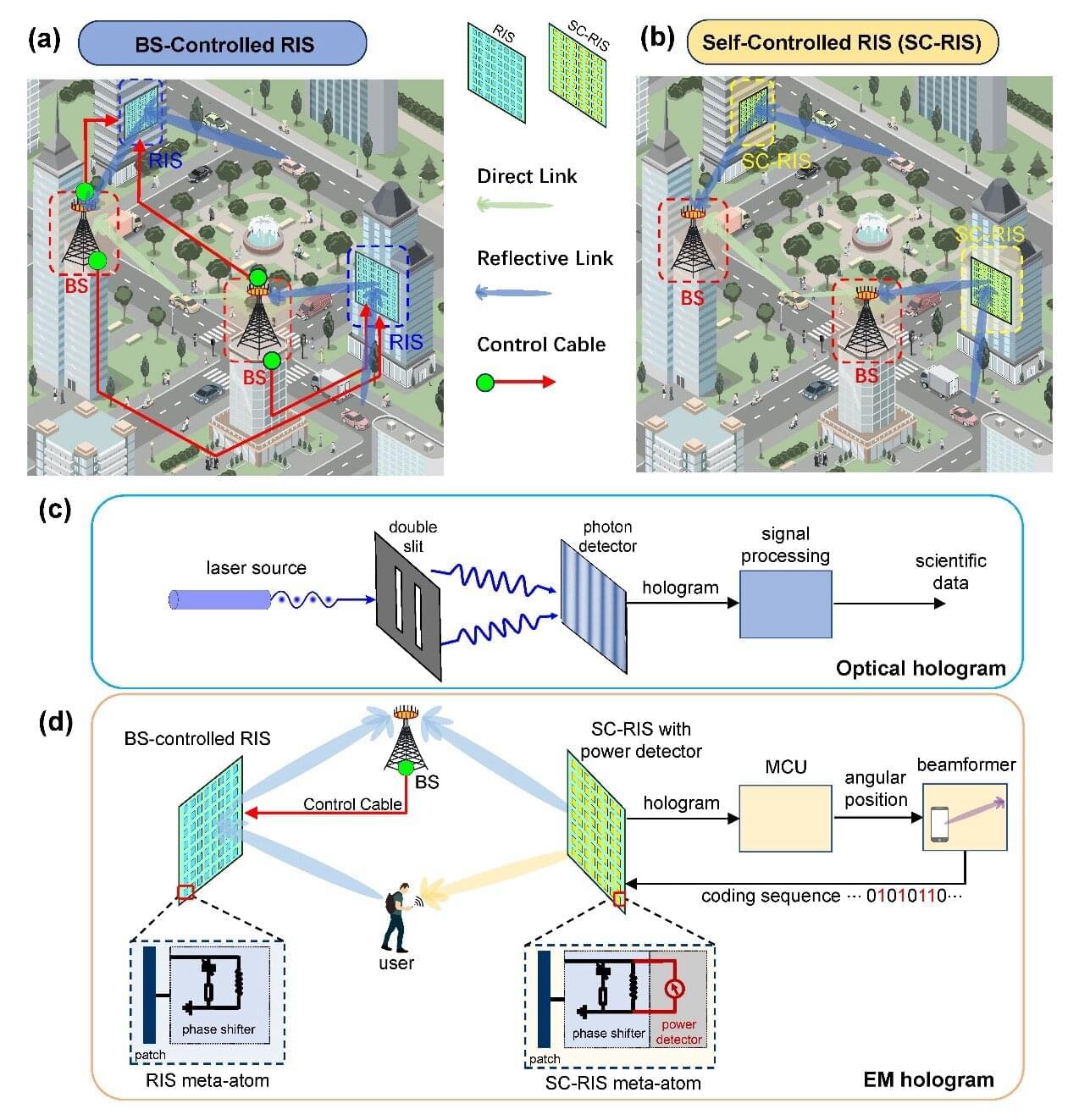
Reconfigurable intelligent surfaces (RIS) are engineered structures comprised of several elements known as ‘meta-atoms,’ which can reshape and control electromagnetic waves in real-time. These surfaces could contribute to the further advancement of wireless communications and localization systems, as they could be used to reliably redirect, strengthen and suppress signals.
In conventional applications of RIS for wireless communication, each meta-atom is controlled by a system known as the ‘base-station,’ which is connected to the surface via electrical cables. While surfaces following this design can attain good results, their reliance on wires and a base station could prevent or limit their real-world deployment.
Researchers at Tsinghua University and Southeast University recently developed a new RIS that controls itself and does not need to be connected to a base station. This new surface, introduced in a paper published in Nature Electronics, draws inspiration from holography, a well-known method to record and reconstruct an object’s light pattern to produce a 3D image of it.
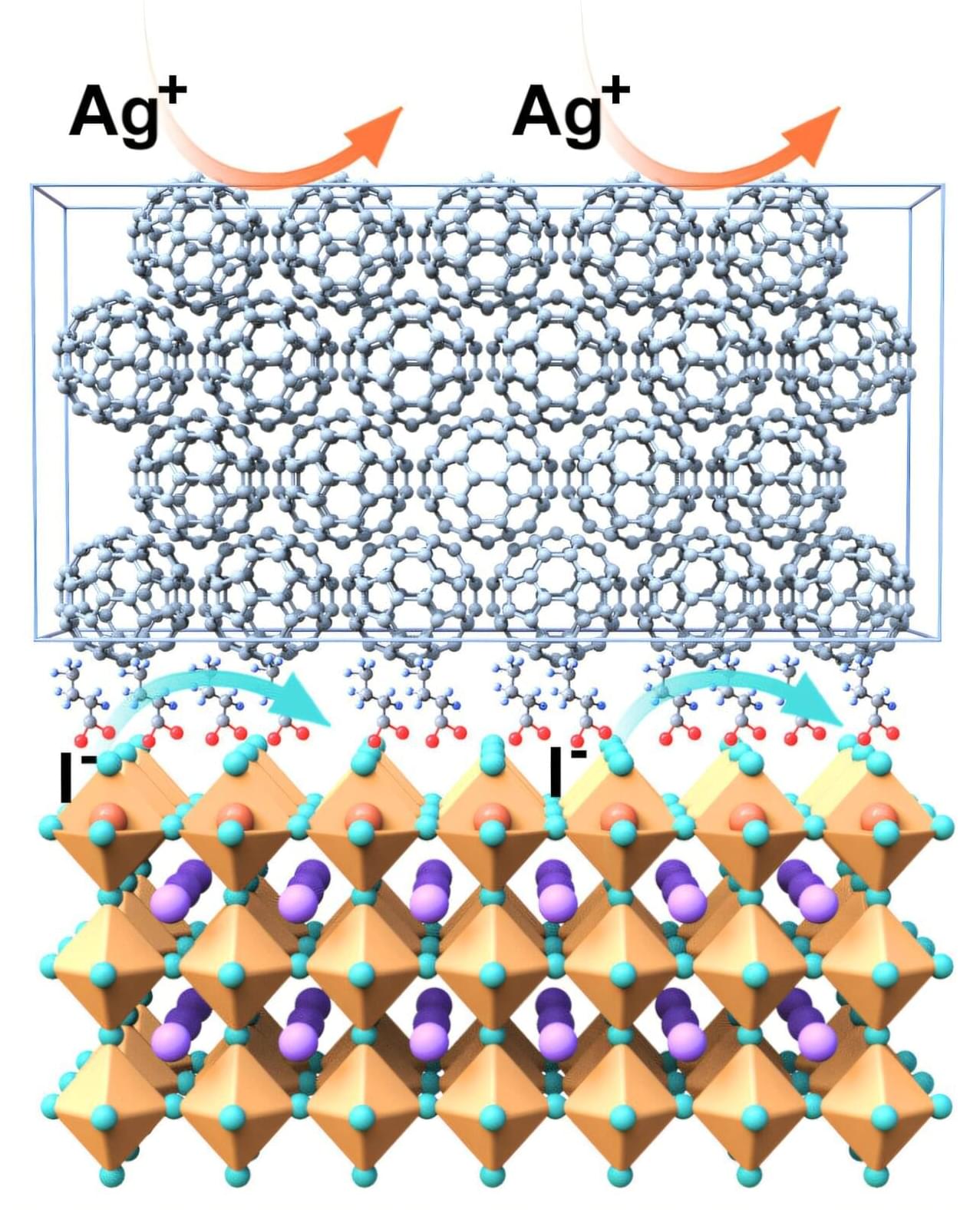
Perovskite solar cells are inexpensive to produce and generate a high amount of electric power per surface area. However, they are not yet stable enough, losing efficiency more rapidly than the silicon market standard. Now, an international team led by Prof. Dr. Antonio Abate has dramatically increased their stability by applying a novel coating to the interface between the surface of the perovskite and the top contact layer. This has even boosted efficiency to almost 27%, which represents the state-of-the-art.
After 1,200 hours of continuous operation under standard illumination, no decrease in efficiency was observed. The study involved research teams from China, Italy, Switzerland and Germany and has been published in Nature Photonics.
“We used a fluorinated compound that can slide between the perovskite and the buckyball (C60) contact layer, forming an almost compact monomolecular film,” explains Abate. These Teflon-like molecular layer chemically isolate the perovskite layer from the contact layer, resulting in fewer defects and losses. Additionally, the intermediate layer increases the structural stability of both adjacent layers, particularly the C60 layer, making it more uniform and compact.